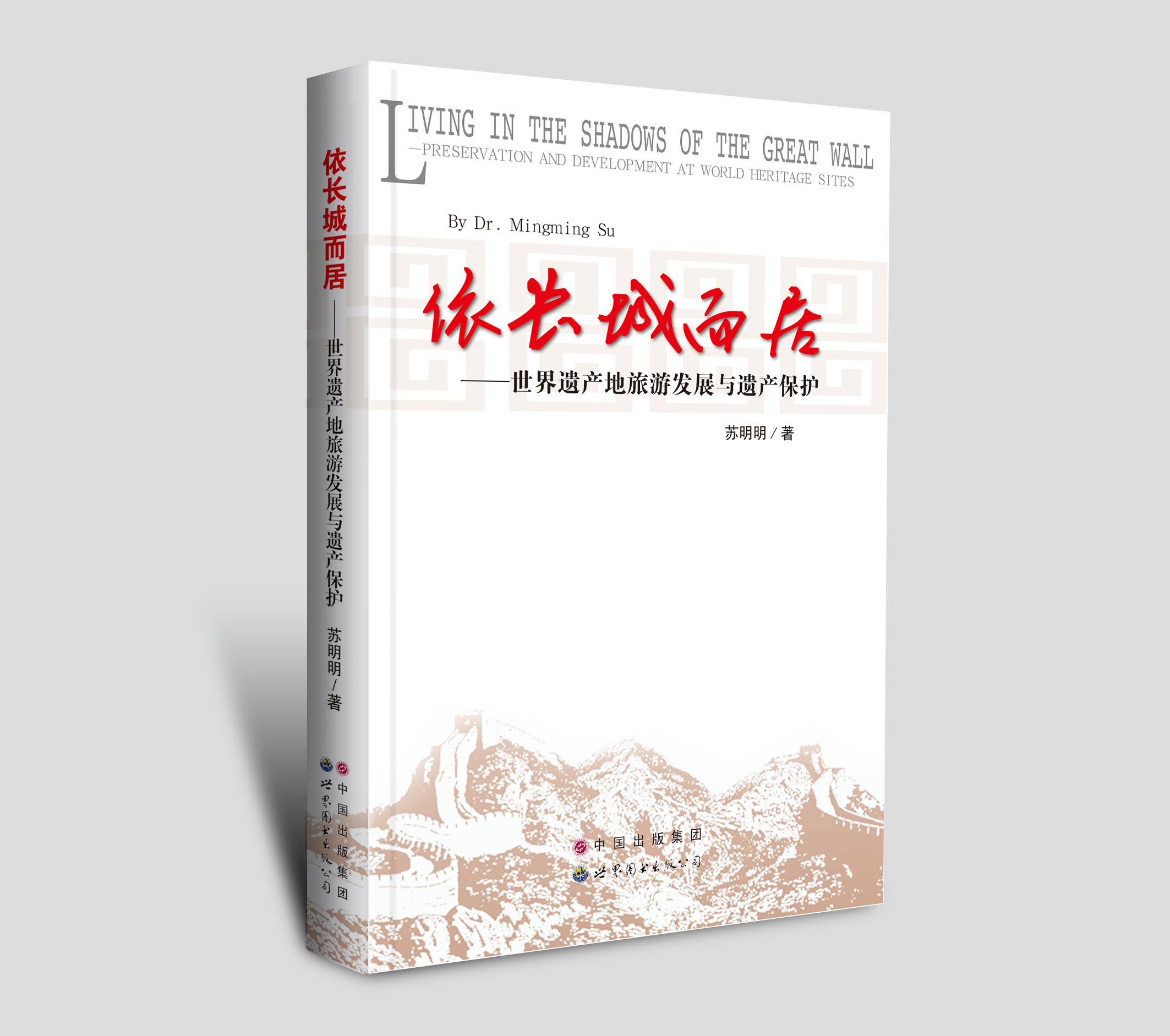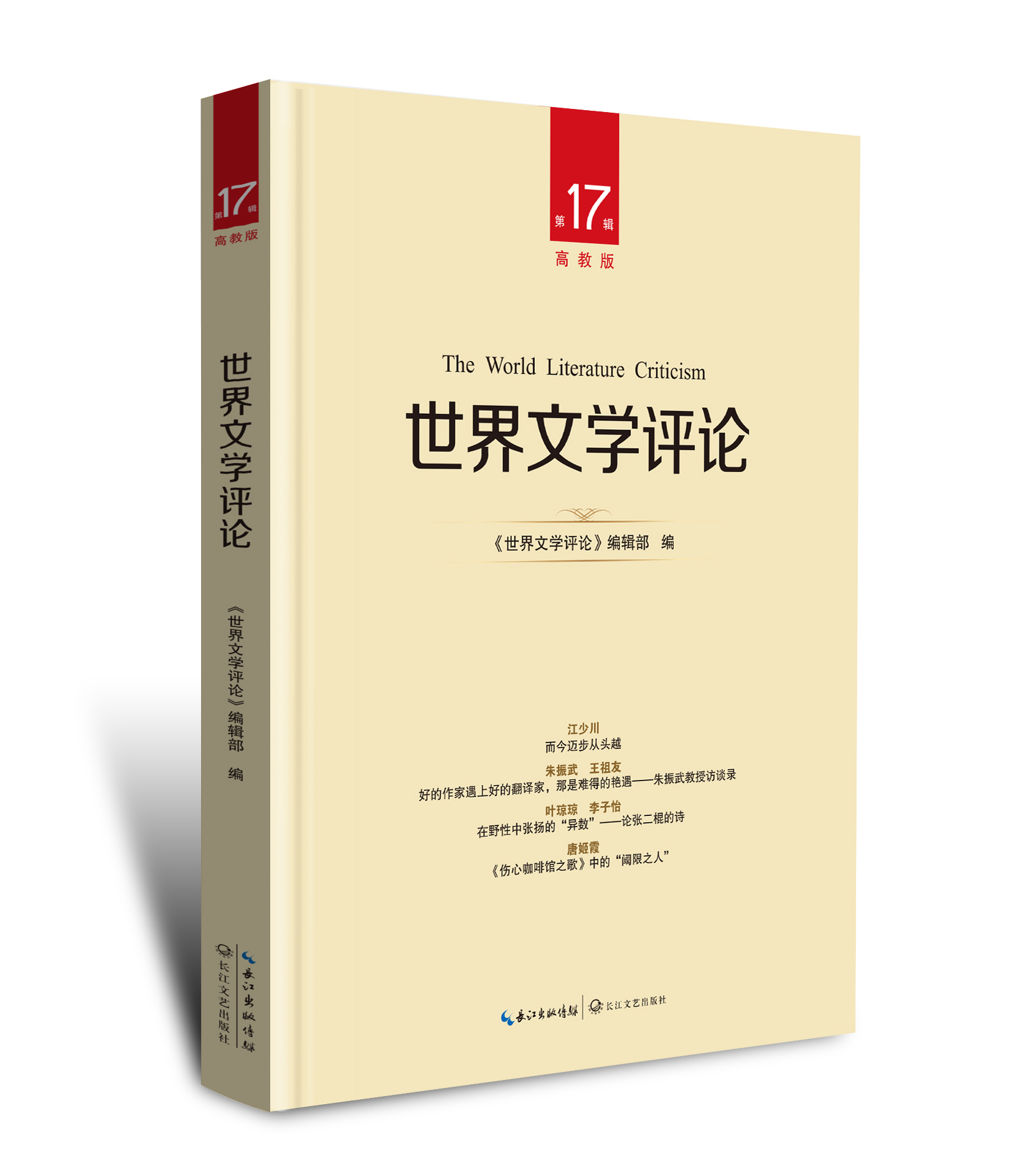苏明明
《依长城而居——世界遗产地旅游发展与遗产保护(Living in the Shadows of the Great Wall - Preservation and Development at World Heritage Sites)》(英文版)
出版日期:2013-3-28 13:28:51
页数:0页
价格:49.80元
ISBN:978-7-5100-5881-3
出版社:世界图书出版公司
苏明明,加拿大滑铁卢大学环境学院地理与环境管理专业博士,现任教于中国人民大学环境学院。主要从事遗产旅游、生态旅游和旅游政策管理方面的相关研究,作为负责人承担国家自然科学基金、教育部人文社会科学研究基金等科研项目,在Tourism Management, Journal of Sustainable Tourism, International Journal of Tourism Research, Asia Pacific of Tourism Research,《旅游学刊》等国内外知名学术期刊发表十余篇论文。
本书对遗产旅游和保护的相关理论进行了详尽的综述,并结合中国的实际情况进行了探讨。本书以八达岭长城和慕田峪长城为案例地,通过深入访谈、问卷调查、实地考察、文献研究等方法进行对比研究,深入分析了中国世界遗产地旅游发展和遗产保护过程中的多利益主体管理体制,探讨了社区参与遗产旅游发展的重要问题,并对中国世界遗产地的旅游发展提出了相关建议。
目录:
Chapter 1 Introduction1
1.1 An overview1
1.2 Research Goals and Research Questions3
Chapter 2 Conceptual Context4
2.1 Defining Heritage4
2.1.1 Definition of heritage4
2.1.2 Chinese perspectives on heritage6
2.1.3 Contestation of heritage7
2.2 World Heritage Sites11
2.2.1 Nomination of World Heritage Sites12
2.2.2 Debate about the concept of World Heritage13
2.2.3 Impacts of World Heritage on tourism14
2.3 Relationships between Preservation and Tourism at World
Heritage Sites15
2.4 Important Considerations for Tourism and Preservation at
World Heritage Sites18
2.4.1 Stakeholder collaboration18
2.4.2 Local community participation19
2.4.3 Coordinating global and local relationships26
2.5 Chinese Research on World Heritage tourism28
2.5.1 Importance of World Heritage tourism studies in China28
2.5.2 Research on World Heritage tourism in China29
2.5.3 Major concerns in tourism and preservation at World
Heritage Sites in China30
2.5.4 Areas to improve in World Heritage research in China41
2.6 Chapter Summary42
Chapter 3 The Context of World Heritage in China44
3.1 World Heritage Sites in China44
3.1.1 World Heritage sites in Beijing44
3.2 The Great Wall of China45
3.2.1 Introduction to the Great Wall of China45
3.2.2 The Great Wall of China as a World Heritage Site46
3.3 Great Wall Sites in Beijing49
3.3.1 Geographical features of Great Wall sites in Beijing49
3.3.2 Tourism development status of Great Wall sites in Beijing51
3.3.3 Questionnaire survey on Beijing residents54
3.4 Study Site Selection61
3.5 Chapter Summary62
Chapter 4 Research Methodology63
4.1 Study Site63
4.2 Data Collection Methods64
4.2.1 Secondary data collection65
4.2.2 Primary data collection66
4.3 Methods of Data Analysis75
4.4 Challenges and Limitations76
4.5 Chapter Summary77
Chapter 5 Badaling Great Wall78
5.1 Badaling Great Wall and its neighborhood78
5.2 Management structure81
5.3 Heritage Protection83
5.4 Tourism Development85
5.5 Development Plans for Badaling Great Wall87
5.6 Community participation91
5.6.1 Small business operators92
5.6.2 Site employees101
5.6.3 Comparisons between small business operators and
site employees105
5.7Chapter Summary109
Chapter 6 Mutianyu Great Wall113
6.1 Mutianyu Great Wall and Mutianyu Village113
62Management structure114
6.3 Heritage Protection117
6.4 Tourism Development119
6.5 Development Plans for Mutianyu Great Wall120
6.6 Community participation121
6.6.1 International Residents in the Village122
6.6.2 Small business operators125
6.6.3 Mutianyu village residents131
6.6.4 Site employees135
6.6.5 Comparative discussion139
6.7 Chapter Summary142
Chapter 7 Comparison between Badaling and Mutianyu Great Wall145
7.1 The Great Wall at Badaling and Mutianyu145
7.2 Management Structure146
7.3 Heritage Preservation147
7.3.1 Current conditions of Great Wall at Badaling and
Mutianyu147
7.3.2 Funding resources148
7.3.3 Impacts of World Heritage designation on Badaling
and Mutianyu149
7.4 Tourism Development150
7.4.1 Transportation150
7.4.2 Onsite tourism facilities150
7.4.3 Tourist numbers and capacities152
7.4.4 Tourist behaviour152
7.4.5 Tourism development155
7.5 Plans for Development160
7.5.1 Important position in district development160
7.5.2 The expansion trend161
7.5.3 Collaboration within each Great Wall cluster161
7.5.4 Local attitudes toward the plans162
7.6 Local Participation in Heritage Tourism163
7.6.1 Discussion about local participation163
7.6.2 Analysis of local participation166
7.7 Questionnaire Survey at Badaling and Mutianyu169
7.7.1 Comparison of small tourism business169
7.7.2 Comparison of opinions of small business operators171
7.8Chapter Summary177
Chapter 8 Discussion179
8.1 Conceptual discussions179
8.1.1 Scales of heritage: global and local179
8.1.2 Multiple uses of heritage183
8.2 Empirical implications186
8.2.1 Stakeholder collaboration in heritage management186
8.2.2 Local participation in heritage tourism188
8.2.3 Revisiting plans for their perspectives on the local
communities195
8.3 Chapter Summary197
Chapter 9 Conclusions198
9.1 Major Insights198
9.2 Contributions200
9.3 Future Research203
9.4 Concluding Remark205
Bibliography207
Appendix Ⅰ218
Appendix Ⅱ227
Appendix Ⅲ239















